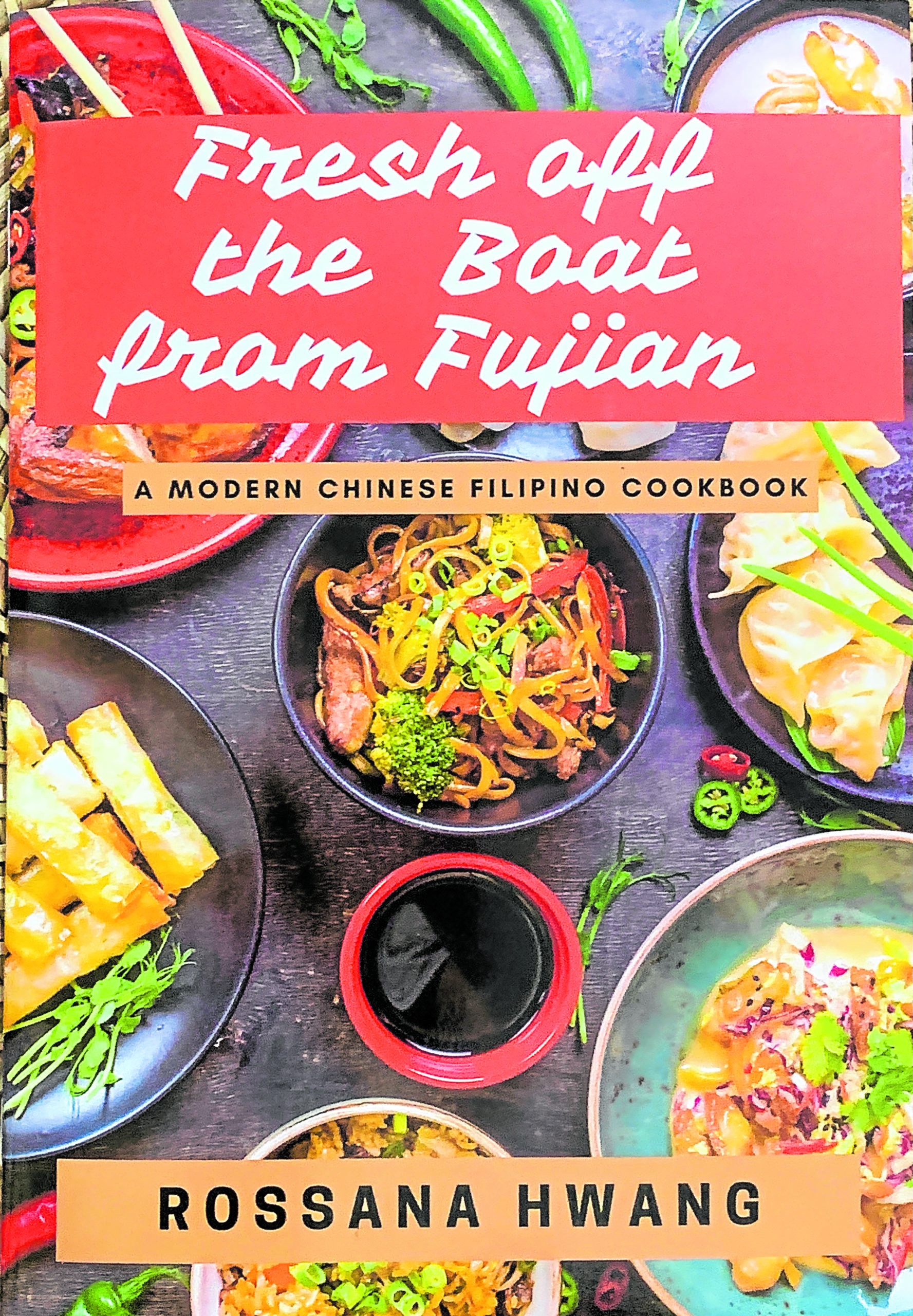
There’s still nothing quite like holding a cookbook and flipping through its pages. —CONTRIBUTED PHOTO
The pandemic has produced a lot of home cooks. Many are discovering the culinary talents they thought they never had. One of your best companions in these times when we continue to need to stay at home is a cookbook.
While there are many recipes on the internet, there’s still nothing quite like holding a cookbook and flipping through the recipes on each page and then figuring out which one you would like to try to cook today.
The sudden need for everyone to cook at home prompted Rossana Hwang, a mother of three, to write her own cookbook. She wanted to share recipes that her Chinese-Filipino family had enjoyed throughout the years—from her childhood to that of her children’s—so she embarked on writing a Chinoy cuisine cookbook.
Pink mixer
Hwang is more well-known for her ensaimada, which she sells through her bakery Pink Mixer. However, since her parents both hail from the Fujian province in China, she decided to zone in on Hokkien, which is the cuisine of that province.
Hwang explains this cuisine is what is used in many popular casual dining Chinese restaurants in the Philippines. She notes the Chinese came to the Philippines by boat, hence the title of her cookbook, “Fresh Off the Boat from Fujian.”
Her cooking inspiration, however, was her late Filipino yaya, Fely “Piling” Rumbaoa, to whom she dedicates the cookbook. She shares that Rumbaoa was quite popular with her friends when she was still alive and everyone loved her cooking. This also explains why, among the Hokkien recipes, you will also find Filipino favorites like steamed lapu-lapu.
The book is almost like a magazine insert with just 32 pages. But within these pages, she managed to squeeze in 101 recipes. It is very straightforward, which would be helpful for the no-nonsense cook.
She begins with very handy tips, such as the fact that there are different types of soy sauce used when cooking Chinese cuisine. You cannot just rely on the perennial toyo as we do in Filipino cuisine.
For Chinese cooking, there is light soy sauce, dark soy sauce and thick dark soy sauce. She also shows the use for pastes (sweet bean paste, yellow bean paste, hot bean paste) as, she explains, “with fresh ingredients and a great sauce, Chinese cooking indeed can be very easy.”
Then there is a quick section on different kinds of Chinese teas such as Da Hong Pao, a kind of oolong which is the author’s favorite. She also has a brief explanation on each kind, e.g. chrysanthemum is suitable for summer weather while the West Lake Long Jing green tea is served in a tall glass, not in a teacup. Possibly to cater to the trending craze, she also has recipes for bubble tea.
Regional cuisine
The next chapter is on Fujian cuisine and includes recipes for favorites such as birthday misua, Chinese fresh lumpia, lomi and fried rice.
There is a recipe for machang (ma zang in the book), pata tim and kekiam.
She also shares regional cuisine, such as eight treasure chicken, General Tso’s chicken and Hainanese chicken rice, which she clarifies hails from Hainan province in southern China, not Singapore or Malaysia.
Finally, this cookbook is very helpful for big parties as there is a section specifically for Chinese lauriat parties. It also touches on various culinary traditions such as the fact that for a ting hun, i.e., a Chinese engagement party, it is expected that the bride’s family serves.
Albeit simple, it is a handy cookbook to have in your kitchen. After all, don’t we all always crave Chinese food?
Happy cooking! May your table always be filled with food and may your home always be filled with happiness.
Fresh Off the Boat from Fujian is available on Shopee.